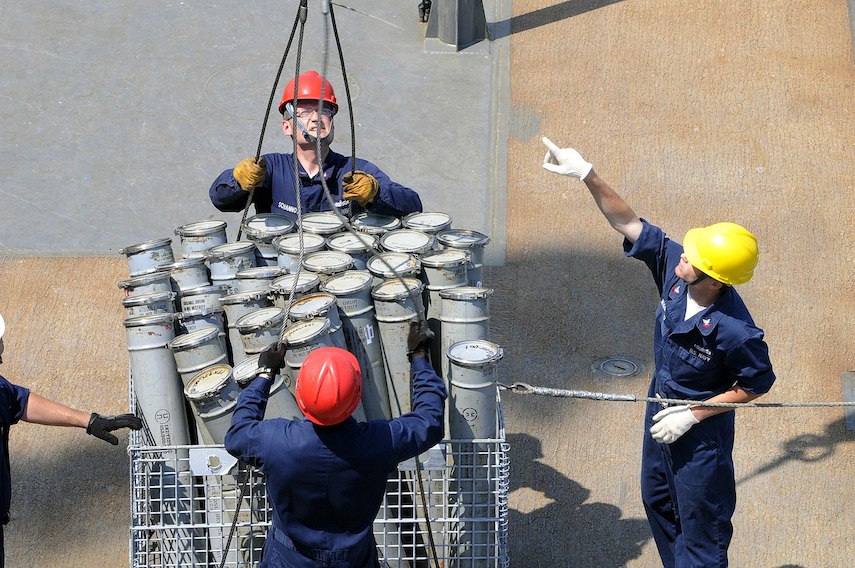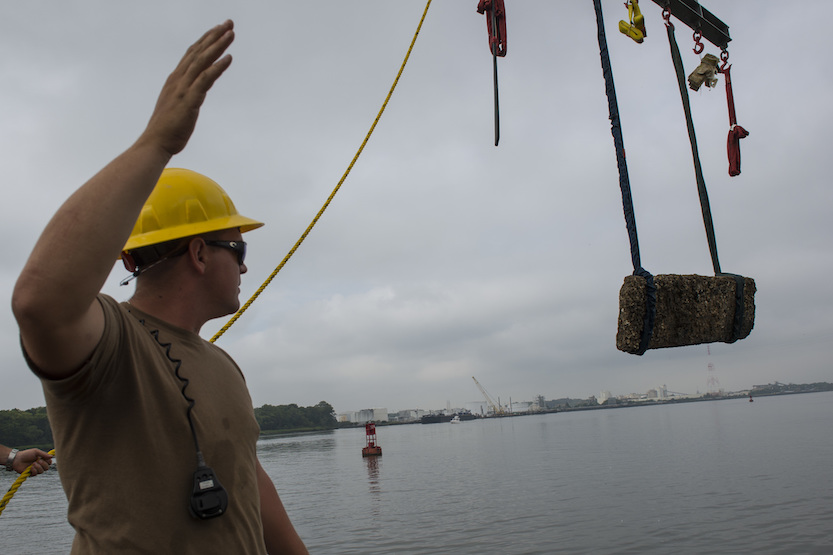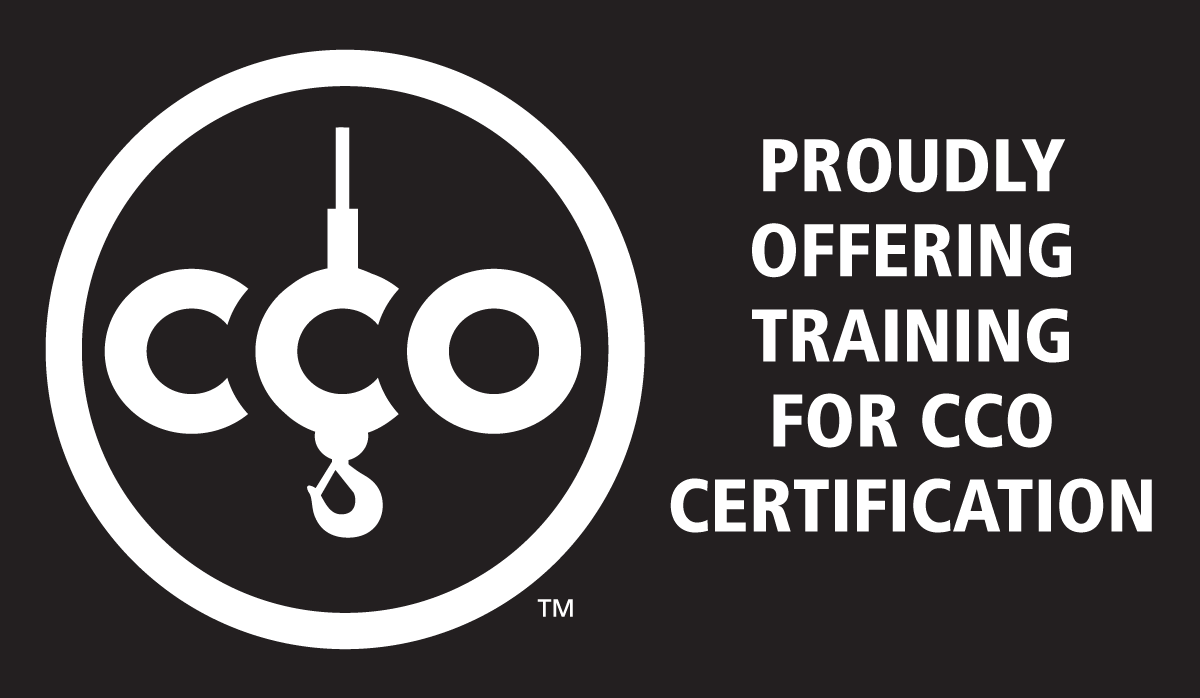Riggers Training and Certification
Qualified riggers and signalpersons are essential in a wide array of industries, from construction and transportation to infrastructure and telecommunications. While the skillset these people possess isn’t as rigidly codified as that required of crane operators, these folks are every bit as important. Because several OSHA regulations specifically require the presence of qualified riggers and signalpersons on any job site, if they’re not there, those cranes and other pieces of heavy machinery can sit idle—wasting company time and money.
However, just because the training for an OSHA-qualified rigger or signalperson isn’t as in-depth as that required for other heavy machinery operators doesn’t mean that just anybody can fill the role. These two positions—more than almost any others—are responsible for safety on the job site and the protection of thousands (or hundreds of thousands) of dollars’ worth of equipment and materials.
Why Riggers and Signalpersons Need Safety Training and Certification
Riggers are solely responsible for calculating load weights and creating the proper rigging configuration to accommodate that weight. Any miscalculation or oversite can result in a devastating, potentially deadly accident. In fact, being struck by falling material or equipment at a construction site is one of the four most common types of fatal accidents in the industry.
In addition, signalpersons are required to be in place when a machinery operator can’t adequately see the entirety of the site in which they are working. These people are essential for helping those operators maneuver around hazards such as power lines and spot accidents before they happen. Failure to use a properly trained signalperson can quickly turn a typical day at work into a nightmare. Indeed, being struck by equipment or crushed in between machinery is yet another one of the most common fatal accidents in the construction industry.

But riggers and signalpersons aren’t just required to have proper training to ensure peace of mind. There are several OSHA regulations that specifically cite what type of training and real-world experience a person needs to be considered “qualified” and lay out situations in which a “qualified” individual is absolutely necessary.
Legal Requirements for Qualified Riggers and Signalpersons
OSHA Rigger Certification and Qualification
OSHA regulations can get confusing. Thankfully, the organization has created a quick hit “fact sheet” in which you can easily find all the requirements for qualified riggers, as outlined in subpart CC – Cranes and Derricks in Construction of 29 CFR 1926.1401, 1926.1404, and 1926.1425.
In short, this document mandates that a qualified rigger be on site and overseeing operations any time hoisting or rigging are being performed (CFR 1926.753) or during assembly or disassembly operations (CFR 1926.1404).

U.S. Navy photo by Mass Communication Specialist 2nd Class Cynthia Griggs, Public domain, via Wikimedia Commons
But what about a rigger’s training? “Qualified” is defined as “having met the criteria for a qualified person.” This isn’t exactly clear-cut, and indeed there are multiple ways to become a qualified rigger. However, the general requirements include:
- Possessing a recognized degree, certificate, or professional standing OR
- Having extensive knowledge, training, and experience AND
- Successful demonstration of problem solving as it pertains to load rigging
Keep in mind that just because a person is qualified to rig a load for one job doesn’t mean they’re qualified to rig every load for every job.
Signalperson Training and Certification
The requirements for signalperson are perhaps easier to understand, as there is a standard training and testing procedure for these individuals. Under OSHA regulations, a person may become qualified to be a signalperson by either:
- Testing successfully with a third-party qualified evaluator OR
- Earning qualification through an internal vetting procedure conducted by their employer
Both processes must adequately ensure that the signalperson has demonstrated their competence.
Keep in mind, certified qualification by a third-party is portable, meaning a signalperson is considered qualified even if they switch employers. Qualification by employer is not portable, so that individual will have to demonstrate their skills successfully with each new employer.
But what type of signalperson training is necessary to become proficient and earn that OSHA-qualified status?
- That individual must demonstrate that they know and understand the type of signals used—if hand signals are used, the Standard Method must be known and demonstrated
- That person must demonstrate competence in the type of signals beings used
- The signalperson must have a basic understanding of equipment operation and limitations (crane training is extremely helpful here but not specifically required)
- The applicant must know and understand OSHA 1926.1419 through 1926.1422 and 1926.1428
- Candidates for certification must pass an oral or written test in addition to a practical exam
What Can You Expect on a Rigger or Qualified Signalperson Practical Exam?
There’s a wide array of knowledge you must possess and demonstrate during a signalperson practical exam. NCT’s riggers training and qualified signalperson certification training cover everything you need to know, including:
- Knowledge of rigging components
- Technical knowledge pertaining to math and physics
- How to properly inspect equipment
- Hand signals
- Voice communication
- Basic knowledge of crane operations
- Situational awareness
- OSHA safety standards and regulations
In addition, you will often be required to demonstrate at least basic level knowledge of:
- Rigging hitches
- Rigging connections
- Basic knots
NCT Offers Qualified Rigger and Signalperson Classes and Certification
NCT has offered industry-leading education for crane operator candidates for years. Much of that knowledge and skillset is easily transferable to riggers and signal persons as there is so much overlap. That’s why NCT has created specific rigger and signalperson training classes designed to help individuals get the skills and certifications they need to work safely in in-demand fields like construction and telecommunications. These classes are affordable, concise, and give you everything you need without overloading you with information you don’t.
Part of our success stems from the fact that we hire only expert trainers as instructors. These instructors have years of real-world experience under their belts. They can also help you learn the complex math, physics, and formulas by breaking them down into easy-to-understand segments that you can retain.
If you’re currently in an industry that utilizes qualified riggers and signalpersons and want to learn the skills you need to advance up the ladder of success to a higher-paying job, NCT’s open-enrollment classes are perfect for you. If you’re an employer who needs more riggers or signalpersons on your payroll, our in-house classes or private class options can make getting multiple individuals through the riggers training and signalperson qualification quick, easy, and cost-effectively.
Learn more about NCT’s available classes, trainings, and certifications or contact us online today.





